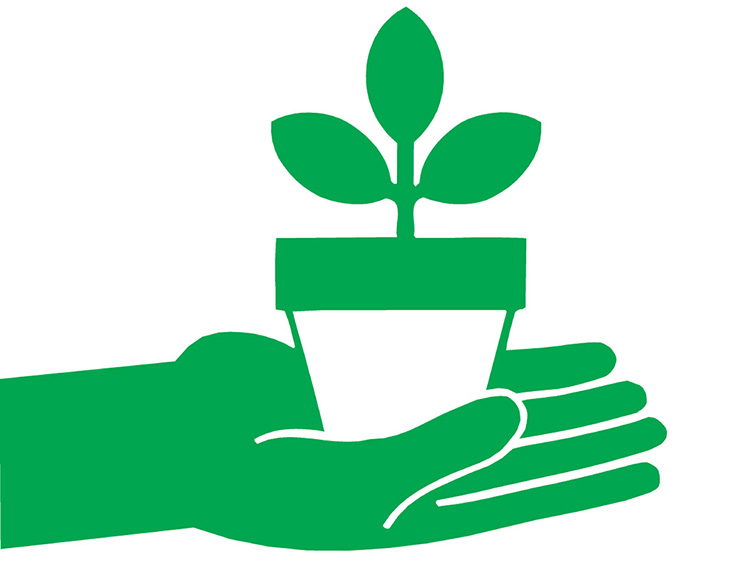
By Mary Jane Frogge, Extension Associate in Lancaster County
Celebrate Pollinator Week, June 19–25, by planting native perennial plants and placing a bee house in your landscape.
In the summer, a garden needs one inch of rain or water each week. Early morning is the best time to water. Evening watering is less desirable because plant leaves that remain wet through the night are more susceptible to fungus diseases. Mulch plants to reduce water losses and improve yields.
Many plants are easily propagated by layering in July. Verbenas, euonymus, English ivy and climbing roses are a few plants that will root if the stems are fastened down and covered with soil.
For fall harvest of lettuce, radish, carrots, beets, turnips, kale and spinach, sow seeds in late July to early August.
Continue to make successive plantings of crops like beans and sweet corn to provide a continuous harvest until fall. A small garden will produce a large quantity of vegetables if replanting is done throughout the summer.
Check the soil moisture of container-grown vegetables and flowers daily. As the temperature rises, some plants may need water twice a day.
A brown or grayish cast over a lawn can be caused by a dull or improperly adjusted mower blades that shred grass rather than cut it.
Store pesticides in a safe place in their original containers, away from children and pets. Use pesticides carefully in your garden. Read the labels and follow the directions. The warnings and precautions are for your protection.
Certain pesticides have a waiting period of several days between the time of the last spray and harvest. Read and follow directions on all labels before applying to your vegetable crops. Wash all produce thoroughly before use.
Tall flowers should be staked to prevent damage by wind. Use stakes which are large enough to support the plant but are not too conspicuous. Use soft twine or twist ties to secure.